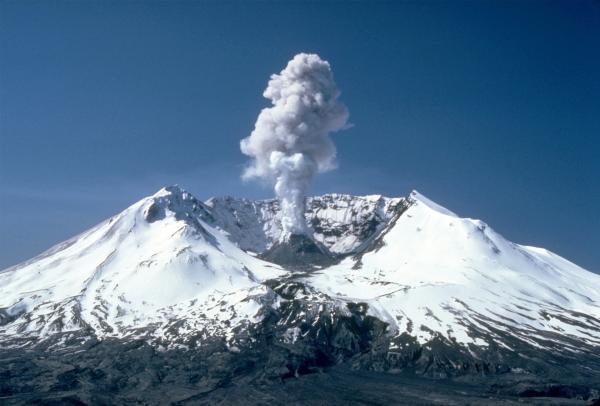There is good news. Globally, manmade GHGs are decreasing, perhaps not at the rate we might like to see, but dropping nonetheless. Now for some counterintuitive and bad news. The aerosols associated with those manmade GHGs are also decreasing, but their reduction hastens global warming. What's up with that?
Some background
Climate forcing – “the difference between the rate of energy received by absorption of solar radiation and the rate of energy emitted by the top of the Earth's atmosphere, expressed in watts per square meter (W m− 2)”
- Our climate reflects the balance between absorption and reflectance of solar radiation.
- Clouds and aerosols reflect solar radiation.
- Greenhouse gases (GHG), ozone, and water vapor absorb radiation.
- The snow and ice on the Earth’s surface reflect solar radiation – a high albedo effect. Darker areas of the earth, especially the tropics, absorb solar energy and have a low albedo effect.
There are several forces impacting climate depicted here.
- Other anthropogenic forcings include aerosols created by human activity – a suspension of fine particles, like PM2.5, soot (organic carbon), and chemicals formed in the atmosphere like SO2.
- Natural forcings include clouds, forest fires, and, more particularly, volcanic eruptions. Both create aerosols
There is a further entanglement when considering the balance of positive climate forcing (GHG) and negative climate forcing (aerosols), their lifespan, and sources. GHG persist in the environment, accumulating over time, making their sources relatively unimportant. On the other hand, aerosols are short-lived, days, not years, and they do not accumulate at the same rates as GHGs. Their sources spatially and temporally are more critical. As a result of longevity and spatial-temporal differences, there is a dynamic balance between the two, which, along with a host of other factors, accounts for the variability in our day-to-day climate.
With some context in hand, what did the researchers find?
“… without the cooling effect of aerosols, the world would already have reached the 1.5 C temperature threshold of “dangerous” climate change as set out by the Paris agreement.”
The research used satellite data from 2000 to 2019 and modeling for periods before that time, looking at the presence of GHGs and aerosols.
- Since 1750, CO2 has been responsible for a 1:01°C increase in temperature; all GHGs contributed to a total 1.81°C increase. Aerosols, over the same period, reduced the temperature by 0.50°C
- Aerosol production has declined since 1980 in Europe and North America and since 2010 in China.
- Aerosols produced over the oceans come from sea spray and the fuel utilized in shipping. Once again, since 2010, there has been good evidence that shipping-related aerosol production has diminished.
- Aerosols do not accumulate, so the abundance of aerosols has also declined. The only area showing increased aerosol accumulation is over India.
The overall global impact of aerosols produced by humans on the climate has declined. Remember, aerosols cool the atmosphere, so our reduction in manmade aerosols, a byproduct of our synchronous decrease in greenhouse gases, further warms our environment. There it is. The unintended consequence of our push to rid the atmosphere of GHGs. The researchers estimate that our reduction in aerosols has contributed between 15% and 50% to global warming since 2000.
Sources: Climate Forcing Copernicus
Robust evidence for reversal of the trend in aerosol effective climate forcing Atmospheric Chemistry and Physics DOI: 10.5194/acp-22-12221-2022





